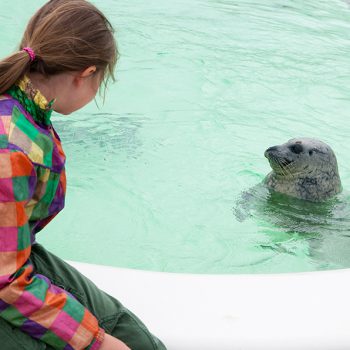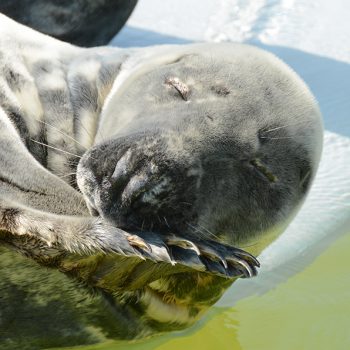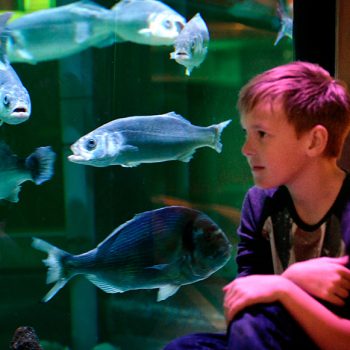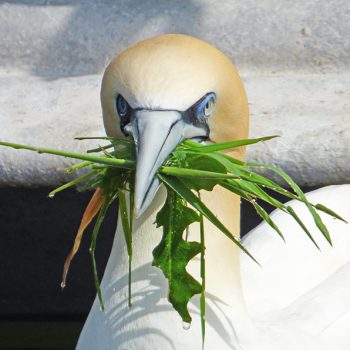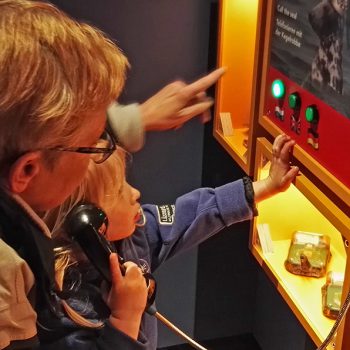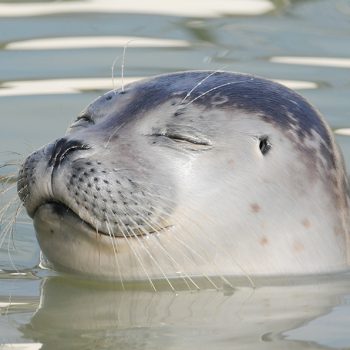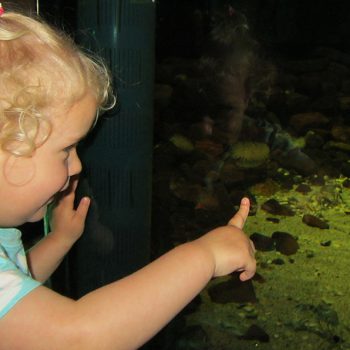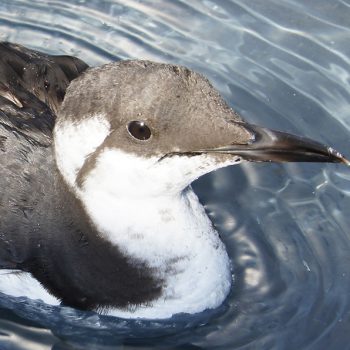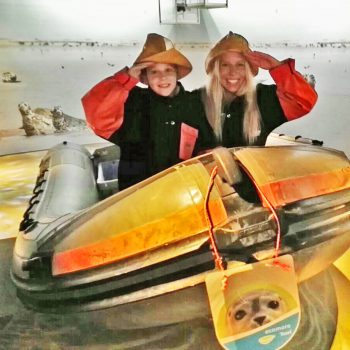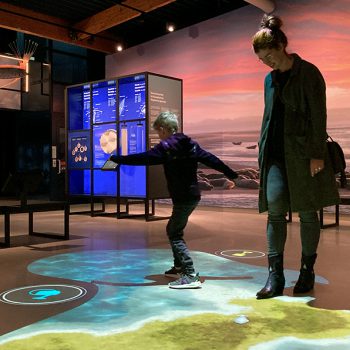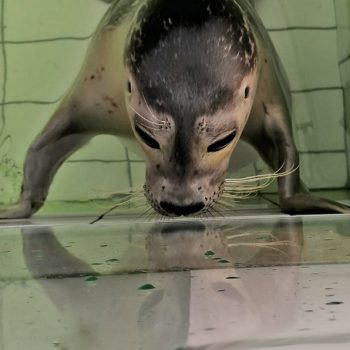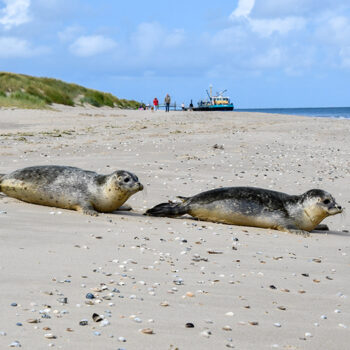New seal species at Ecomare
29 August 2018
Today, Ecomare welcomed two ringed seals. The animals come from the Royal Burgers Zoo in Arnhem. This zoo is using the basin to create a larger habitat for other animals in the area. Ecomare can give the ringed seals a good new alternative. In addition to harbour and grey seals, the center now has a third species of seals.
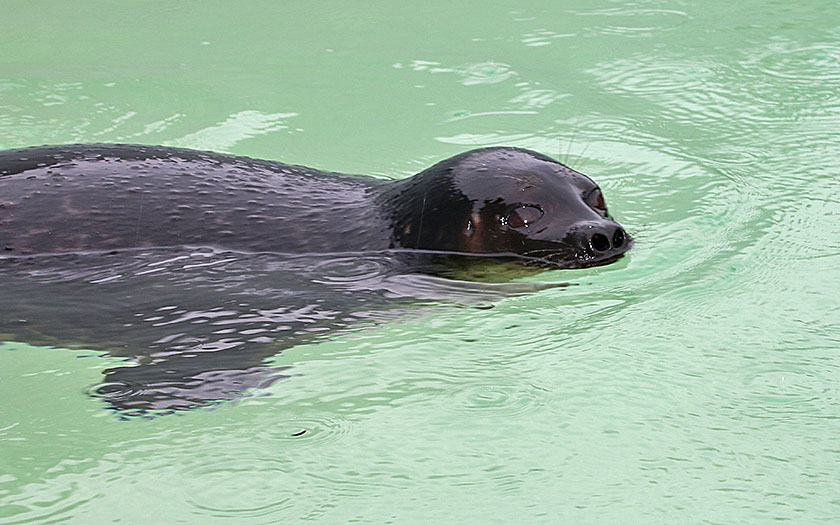
Vagrants
Ringed seals live in the Arctic region, but are found occasionally as a vagrant in the North Sea. The animals that accidentally swim into the North Sea are usually young. Just like young hooded seals, they are regularly cared for in the sanctuaries. The last time for Ecomare was in 2015, when a young female ringed seal was discovered in the canals of Utrecht.
Father and son
The two new residents of Ecomare are father and son. The oldest, Rick, came from Brest before going to Burgers Zoo. Son Bob was born in Arnhem. Despite their natural habitat being in the Arctic region, no special adaptations are necessary for their basin. In Arnhem, the animals swam in man-made seawater. At Ecomare, they swim in North Sea seawater.
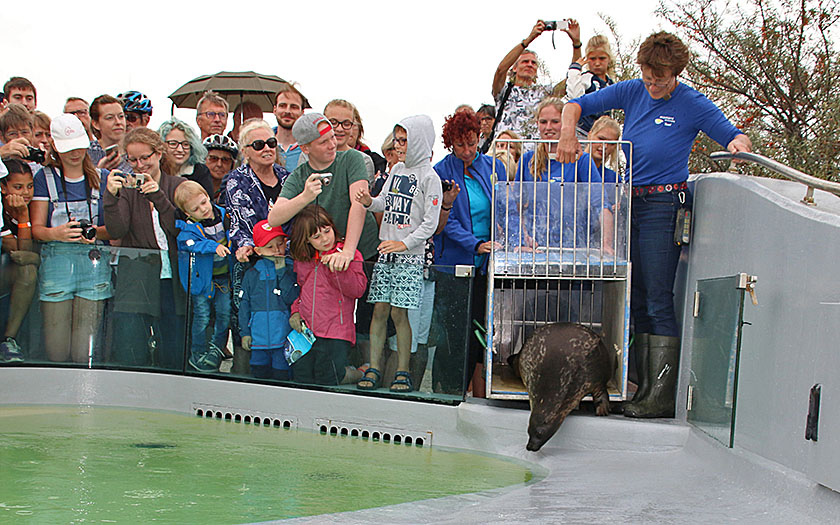
Names
Ringed seals are named after the circles on their fur. Otherwise, they look a lot like the harbour seal, only they are more plump and have a shorter snout. They are small fat seals and therefore also referred to as ‘small seal’. There are more nicknames for this animal, such as stink seal. This name comes from the fact that males have a terrible breath during mating season.
Feeding presentation
The two ringed seals swim in the basin at Ecomare with the glass wall. The harbour seals that swam in this basin have moved to the large basin. During the feeding presentations, the animal caretakers will tell more about this third seal species.
Discover the magic of the Wadden Sea
Discover Wadden Sea World Heritage in this interactive exhibition.
Read more


